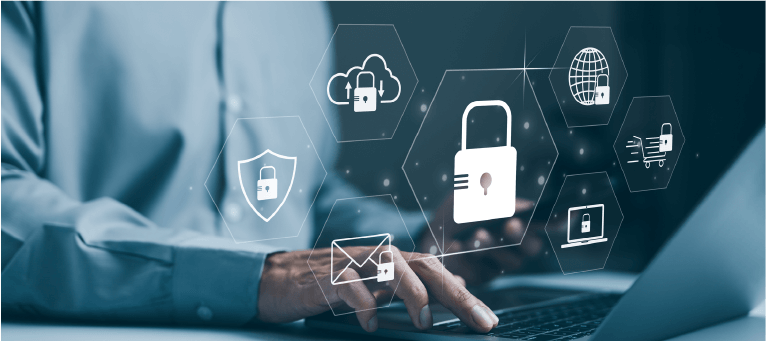The old adage is true – the only constant is change, particularly in industries such as ours that are seemingly defined by change in the form of innovation. But many experts seem to believe that 2020 will be the year of reckoning for digital transformation efforts over the past three to five years. “2020 will still see the rapid scaling of digital initiatives across industries,” says Steve Hall, partner and president of global technology research and advisory firm ISG. “In many areas, CIOs and organizations have prepped their organizations for change but haven’t made the full leap to transforming their culture to fully embrace the change…CIOs need to lead the culture change within organizations and create the digital backbone and underlying capabilities to power the transformation.” It seems the key to success is finding the balance between efficiency and innovation—and welcoming the result.
Trends and Predictions for 2020
- The future is data – and what you do with it. Customer experience may be the most fundamental key to success in 2020. Some have even suggested that those that haven’t invested in the customer experience by 2020 may not still be around in 2021. It will become increasingly harder for companies to remain competitive if they ignore the potential of collecting customer information and using it to fuel improvements to customer experience.
- Find a balance between flexibility and control. Socioeconomic and political uncertainty, among other factors such as technological development, drive a need for flexibility within organizations, so that technology can easily pivot as climates, applications, and organizations change. Yet many also have a need for more control over their systems in the form of increased automation and performance. Determining the ideal balance between flexibility and control, as well as maintaining that balance, will be key to the success of technological endeavors.
- Data location has never been more important. The consistent growth of data is hardly new, but as datasets grow, they become harder to move. The concept of data gravity means that, as data grows larger, the things drawn to data (such as processing power) must instead move to where the data is. This clearly means that means data location – and, therefore, security – will become an increasingly important concern. The rise in popularity of the multicloud approach may lead many organizations to reassess their infrastructure and enable agile computing.
- Demand for careful, secure data management will increase exponentially with the rise of new regulations like the General Data Protection Regulation (GDPR) and the California Consumer Privacy Act (CCPA). As technology continues to become more sophisticated, so too do hackers and targeted attacks, furthering increasing the need for security. The most forward-thinking companies will be those that unlock the use of privacy as a brand differentiator.
- Changing structures mean new ways of doing business. As mentioned above, increased focus on customer experience is reshaping the way businesses operate, but it is hardly the only factor at play. As virtualization takes off, the way assets are procured will continue to morph, which in turn can increase operational complexity. Likewise, increasing data storage, automation, performance, security, and other demands means that companies are taking on more and more challenges. No provider can do it all, which means many will likely need to partner or acquire in new ways to meet increasingly complex enterprise and customer demands.
- 5G will finally make its widespread debut. After many years of anticipation, 5G is finally here. Experts speculate that 2020 will feature a significant uptick in 5G service availability. While we don’t foresee widespread 5G adoption in 2020, it’s clear companies are starting to think about it seriously. Offering faster connectivity and more capacity to move huge amounts of data, 5G has the potential to further advances in automation and IoT. Looking further into the future, early adopters may be able to monetize their newfound expertise as 5G adoption spreads.
One Resolution to Make in 2020
In the spirit of embracing the new technologies and trends to come in 2020, let’s collectively make one resolution: to stop talking about disruption.
Originally coined by Harvard Business School’s Clayton Christensen way back in 1997, “disruptive innovation” was meant to describe the process whereby industry leaders create increasingly specialized products, driving up costs and allowing start-ups to develop cheaper products to appeal to lower-end customer needs, ultimately overtaking the industry leader with the simpler, cheaper offering.
It’s easy to see why “disruption” has spread like wildfire to also include those that challenge an existing model or simply add another choice to the consumer. However, when everything is “disruptive,” nothing is. The overuse of the word has made us numb to its implications for our industry. Instead of talking about disruption, we should be actively engaged in creating and innovating. Embrace that change and innovation will only continue to escalate. Welcome technology that helps you learn more about your customers and competition. Proactively go after new markets and opportunities, and invest in the people, systems, and strategies that will drive business forward.




